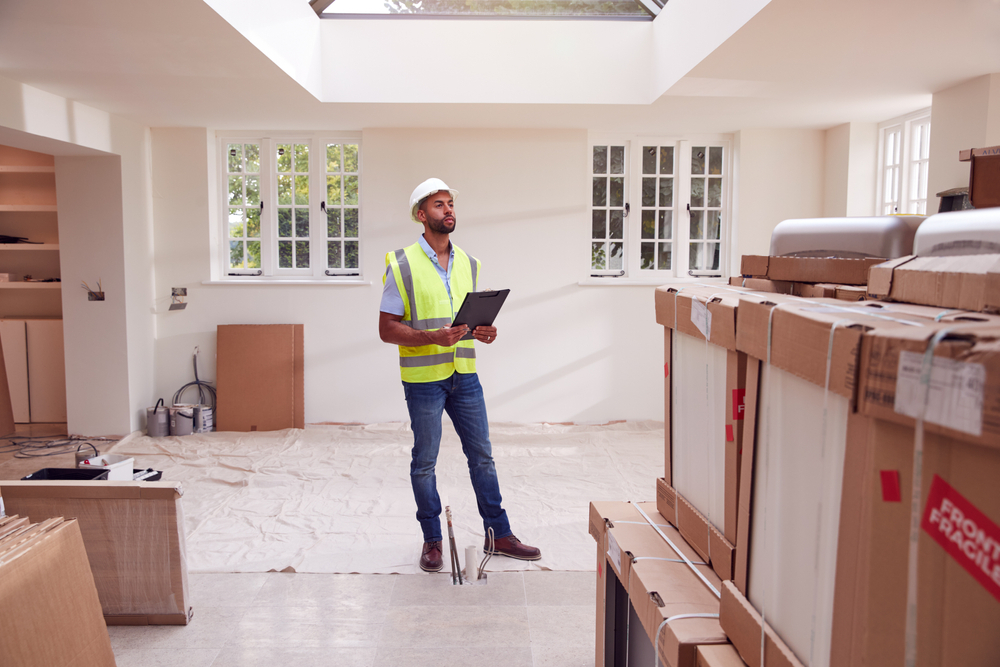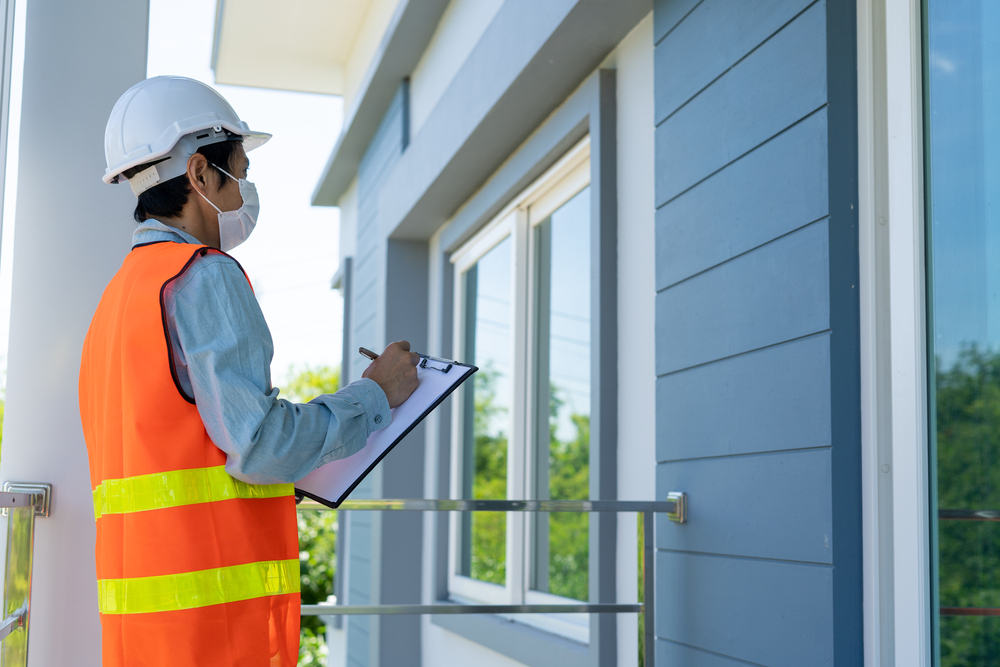Building inspection is a crucial step in the construction process, but often overlooked. In this article, we’ll explain the importance of building inspections and why they should never be skipped.
The Importance of Building Inspection- An Overview
Building a structure is a big investment, whether it is for personal or commercial purposes. It requires careful planning, attention to detail, and a considerable amount of resources to bring it to fruition. However, what happens after it is built is just as crucial. Building inspections are essential for ensuring that a building meets the necessary standards and codes, and to identify potential issues that may arise over time.
In this section of the article, we will discuss the importance of building inspections and why they are crucial for building a better future.
Land Elevation
The elevation of the land and its slope play a pivotal role in structure integrity, dampness, drainage, and many factors. Inspecting the building and land allows you to find if the land is sloping, which could lead to a surface drainage problem. If water slopes towards the construction, it could eventually lead to damp soil beneath the construction, disrupting and damaging the foundation over time.
Internal Leaks
Internal leakage is common in bathrooms, kitchens, showers, and so on. Looking from the outside it is not always possible to spot these leakages. Internal leakages of the pipeline are the most common reason behind dampness, wall paints bubbling and disintegrating, patches of dampness, moulds, and so on.
Therefore, it is important to do building inspection before purchasing it as having potential leakage issues. There are tools and equipment along with experience which professionals help them gauge the leakages, damp problems, etc.
External Walls

With aging, climatic factors, constructional reasons, and masonry walls, the external wall cracks show up. Sometimes minor cracks grow into huge ones leading to leakages and fast deterioration of the building. Cracks sometimes which if once formed in the property require intense repairing.
Apart from that, you must also check whether the external walls of the building are smooth and even, or if there is an inclined slope on the external walls. Many a time the lower wall region or bricks get damaged or in fretting condition. This often occurs due to damp spreading upwards and is found prevalent in older solid brick, or double brick homes.
When you know there are constructions, land elevation, slope, or issues with a property that could turn out to be major hazards in the future, it is better not to invest. But sometimes, buyers also negotiate with sellers after inspection for comprehensive renovation work to rectify all issues before the purchase. Doing the right building inspection can also help you to crack a better and right deal in terms of the value of the property.
Rising Damp
There are many common issues with a building that tends to grow and manifest with the property’s age. Rising dampness is one such issue that is found to be predominant with solid and sometimes double brick homes. Over time the mortar bed of the buildings tends to deteriorate, and the waterproofing of the constructions also disintegrates, leading to rising dampness issues.
Damp could eventually ruin furniture flooring; wall paints to the integrity of the building. Therefore, when you plan to do building inspection, make sure you also verify damp issues. Many people tend to grow allergic to damp houses, where mould also builds up easily.
Safety Issues
When buying a house or a commercial property, the safety of the property is very important. From its location to the strength of the pergolas, windows, doors, security in verandas, and outdoor fencing are all equally important.
Well, if the security quotient has been overlooked at any point,, you could ensure to install proper safety measures and safe unwanted thefts, robberies, etc., the house’s electrical lines also incorporate within the safety quotient. With the right building inspection, you can check for loose wires dangling, wires which have deteriorated and pose a potential threat of catching fire, or even electrical boxes.
Conclusion
With the right building inspection, you can ensure the safety and longevity of your building, making it a wise investment for the future. So, ensure a building inspection in your construction plans to build a better future.


